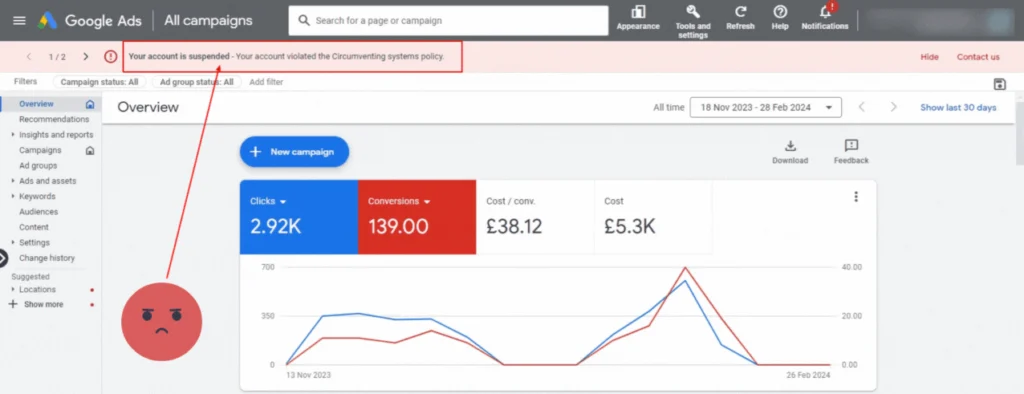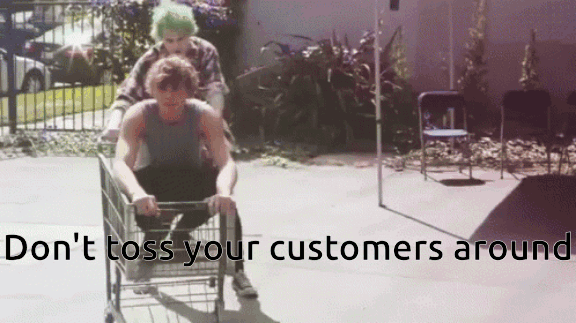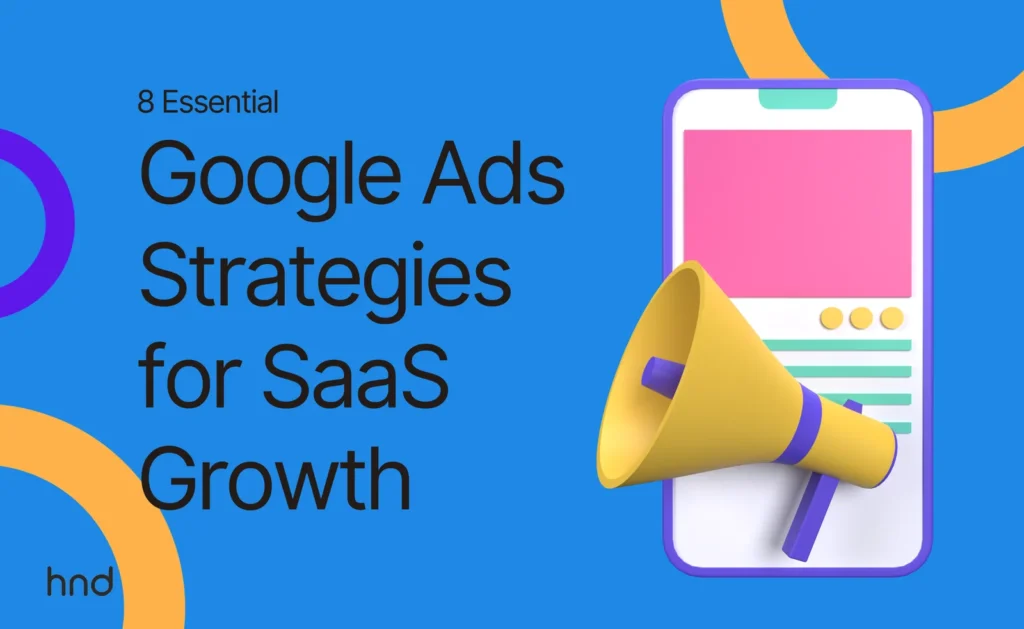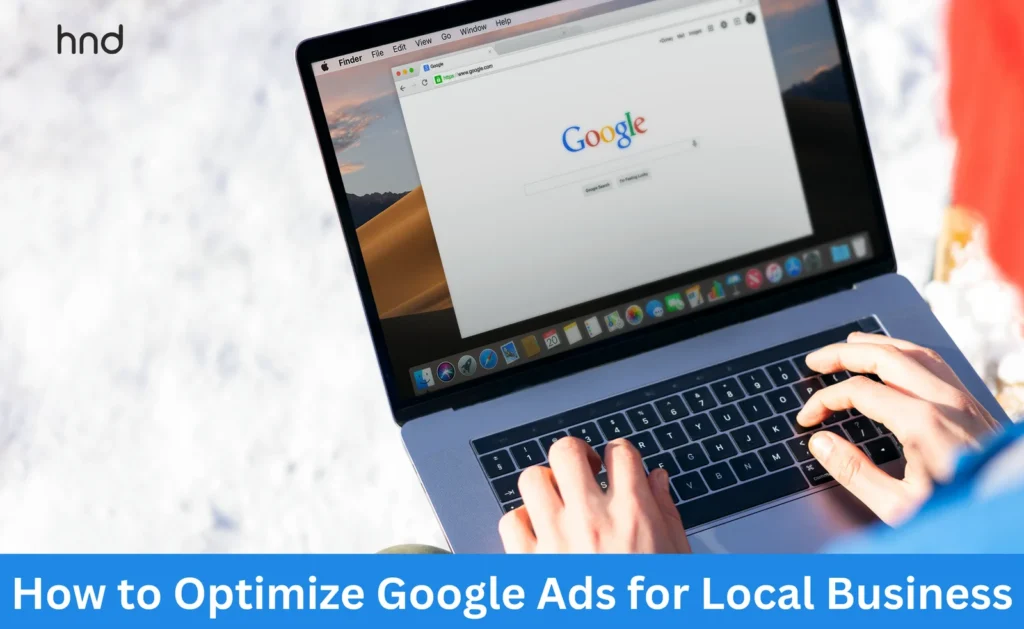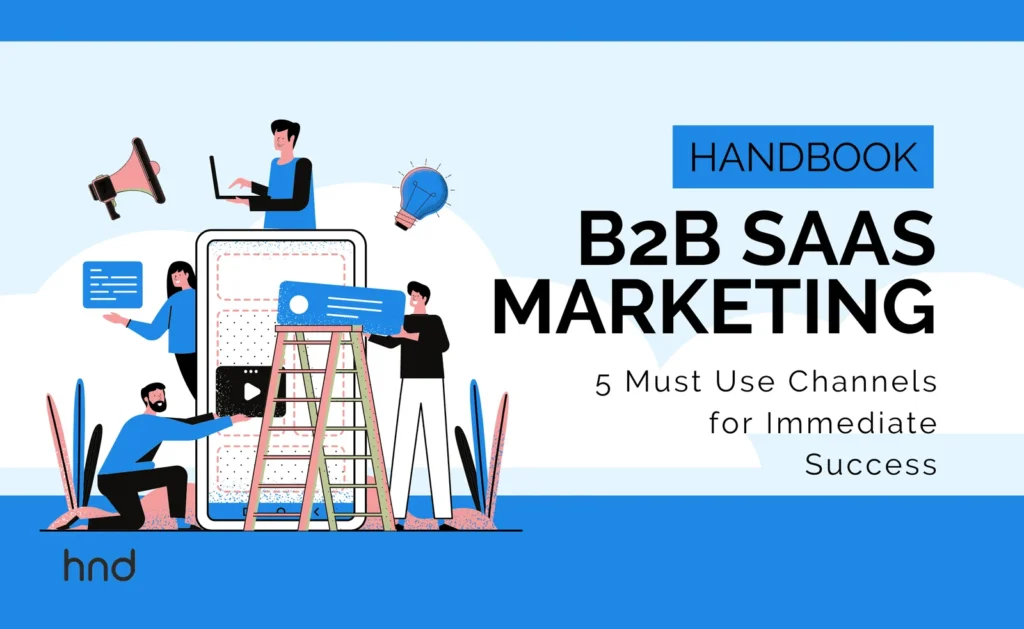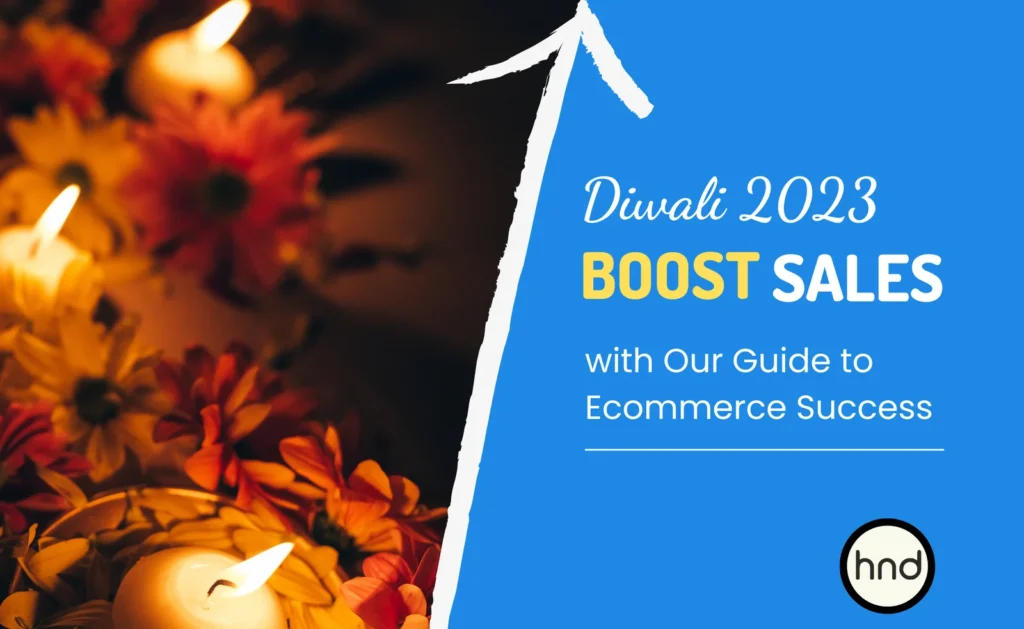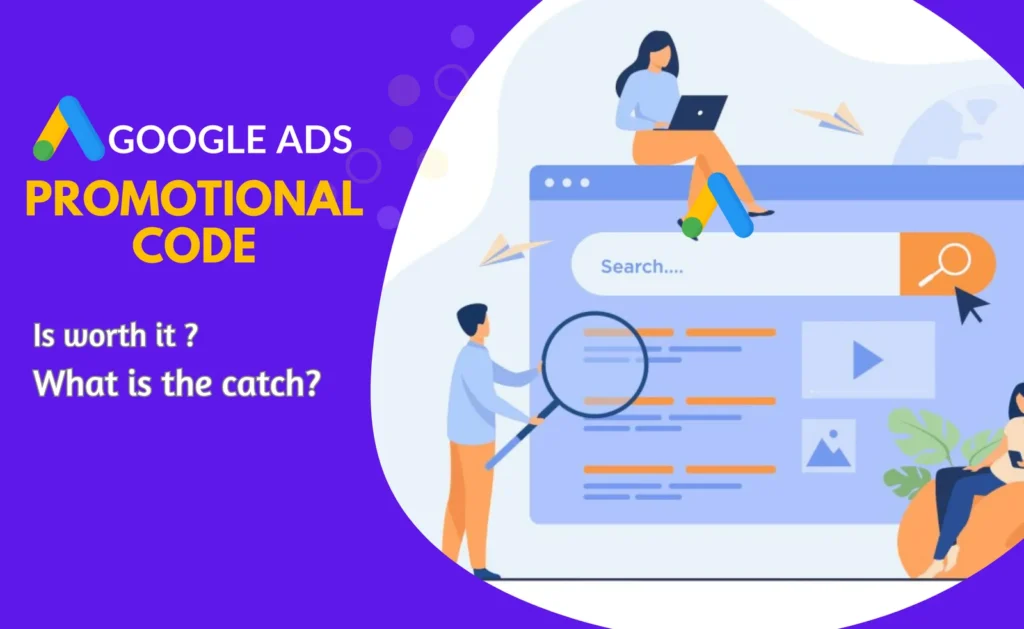Circumventing Systems Policy | Google Ads Account Suspended
Circumventing Systems Policy | Google Ads Account Suspended If you’re here, chances are you’re either figuring out Google’s rules or your account is on a timeout. No worries! We’re on a light-hearted trip through Google Ads and their mysterious Circumventing Systems Policy. What is Circumventing Systems Policy? In simple terms, the Circumventing Systems Policy is like Google’s guide to fair play in the digital marketing arena. It sets the rules to ensure a level playing field, preventing any crafty maneuvers that might deceive or dodge the review process. Picture it as a watchful referee, ensuring everyone follows the playbook with no room for tricks! Should you be worried about Circumventing Systems Policy? When your Google Ads account faces suspension, it’s not just a timeout—it means a temporary halt to your online presence. Your ads disappear, and the opportunity to connect with potential customers decreases. It’s like having the stage but no spotlight. The impact? A dip in visibility, potential customer reach, and business opportunities. But fear not, we’re here to guide you through this intermission with insights and solutions to regain the spotlight on your digital stage! Why your Google Ads account faces suspension? The Digital Pests: Malware and Unwanted Software: Your Google Ads account may face suspension if it hosts or links to malicious software. This includes notorious troublemakers like computer viruses, worms, trojan horses, spyware, and other sneaky scripts. Google takes a strong stance against these digital pests, ensuring a safer online environment for all users.” The No-Go Zone: Unfair Advantage: Trying to gain an unfair traffic advantage on the Google Network is a strict violation. This includes affiliates bending the rules, promoting similar content across multiple accounts simultaneously, and attempting to show more than one ad at a time for the same business, app, or site. Google ensures a level playing field, and any breach of this policy may lead to account suspension. Playing Honest: The Verification Game: Submitting false info during account verification is like trying to sneak past the bouncer with a fake ID – it won’t end well. Google’s verification process is there for a reason, and honesty is the name of the game. Providing inaccurate details can lead to account suspension, so it’s best to keep it real and play by the rules. The Art of Digital Camouflage: Cloaking: Cloaking is a big no-no in the online world. It’s like showing different things to different people – some see one side, others see something else. Tricks like redirecting, switching content slyly, or using click trackers to sneak around are not cool. Google doesn’t like these games and can suspend your account if caught. Why Google Says No to Cloaking?: Google wants everyone to play fair. If you try to hide what you’re really up to by showing different stuff to different folks (for example different content for humans and different for Google bot), it’s a violation. Whether it’s redirecting or playing with content, Google can suspend your account in a blink. It’s a reminder to keep things clear and honest online. Site Tricks and Treats: The No-Gos: Messing with site content or playing hide-and-seek with landing pages is a serious violation. If your site has been manipulated to confuse users, like injecting sneaky scripts, launching pop-up ads, or redirecting users without their consent, it’s a big no-no. Google wants websites to be straightforward and safe for users. What Could Lead to Trouble?: If your site has been hijacked, injected with unwanted scripts, or is doing things behind the scenes that users don’t know about, it’s a problem. Google takes these violations seriously. Make sure your website operates cleanly, without hidden agendas, to keep things smooth and trouble-free. How to identify or fix the issue? Conducting a Policy Check and Crafting a Checklist: The initial step following an account suspension involves a meticulous review to identify any intentional or unintentional breaches of Google’s policies. Create a checklist to systematically examine whether your website has run afoul of Google Ads policies, particularly in areas like Unfair Advantage, Cloaking, Content Manipulation, or the submission of inaccurate information during the verification process. This systematic approach lays the groundwork for a comprehensive recovery strategy. Dive into Search Console: Begin your search for solutions by looking into Search Console. “If you’ve set it up”, this digital detective reveals crucial insights about your website. Look out for signs of malware or any other discrepancies that might be triggering the account suspension. It’s often the first stop on the road to resolution. Comprehensive Review of Your Website Option 1: Use online tools such as Visual Total or Securi, these websites work reliably, and all you have to do is paste your URL. They will promptly inform you if your website is affected by malware or any other issues. It’s that simple, and often, this option works effectively. Option 2: Hire the expertise of a skilled developer. In instances where certain scripts might not be visible to online scanners, hiring a developer can be crucial. They’ll meticulously audit your website code, scrutinizing each page for any signs of suspicious code that could be triggering the account suspension. Reaching Out to Google Ads Team: A Rollercoaster Experience: When dealing with an account suspension, reaching out to the Google Ads Team is a logical step. But from personal encounters, it’s essential to be aware that Google’s support can sometimes be a bit hit-or-miss, struggling to provide precise details about the account issue. However, persistent inquiries or securing a dedicated account manager might offer some clarity in certain instances, helping uncover the underlying cause of the account suspension. Despite the challenges, proactive communication can lead to valuable insights and potential resolutions. Circumventing Systems Policy: Proactive Measures to Stay Compliant Comply Comply & Comply: Fortify your account’s integrity by completing Google’s verification process well in advance. This proactive step not only establishes your authenticity but also minimizes the risk of potential discrepancies during the verification process.Also, take a proactive stance by meticulously going through our comprehensive checklist titled ‘Why Your Google Ads Account Faces Suspension.’ This checklist serves as a valuable guide, highlighting potential

